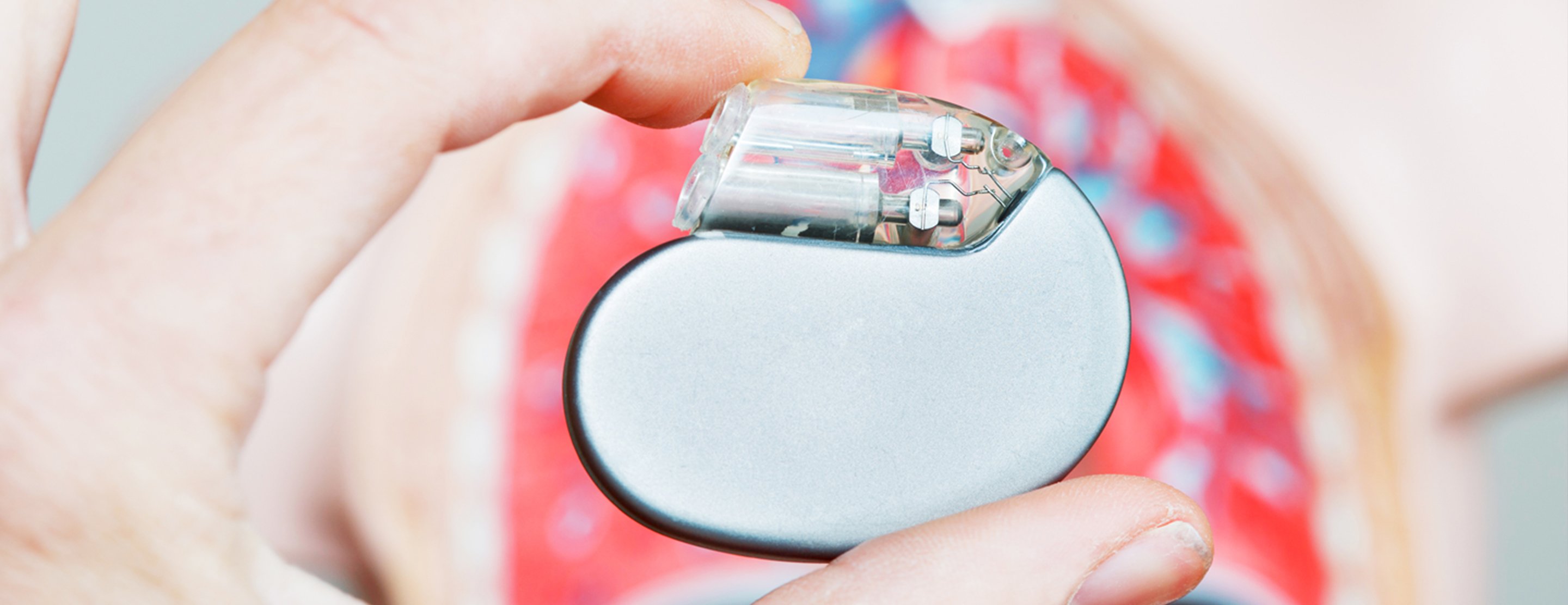What is an implantable cardioverter defibrillator (ICD)?
An implantable cardioverter defibrillator (ICD) is a device placed in the chest to treat certain types of dangerous arrhythmias (abnormal heart rhythms). The device senses when the heart is beating irregularly and delivers a brief jolt of electricity to restore a normal rhythm. This process is called defibrillation because a heart that beats irregularly is said to be "fibrillating." Patients who have experienced defibrillation often describe it as startling, jolting or unsettling. Sometimes, with stronger electric jolts, it can be painful.
ICDs have two parts:
- Pulse generator. This machine creates the electric shock that's sent to the heart. This part contains the battery that powers the device.
- Leads. Specially coated wires, called leads, carry the electric shock from the pulse generator to the heart.
Who can benefit from an ICD?
An implantable cardioverter defibrillator is for people who have had episodes of irregular heartbeats, such as ventricular tachycardia, when the heart beats too fast, or ventricular fibrillation when it flutters without pumping blood effectively. Both are potentially dangerous arrhythmias that start in the heart's lower chambers (the ventricles). An ICD may also be used in people who have a condition that puts them at risk for one of these arrhythmias or for people at risk of cardiac arrest (when arrhythmia complications make the heart stop beating).
Often, heart rhythm control can be achieved with medication alone. But when medication is ineffective and the rhythm problem is serious, an implantable cardioverter defibrillator can be an option.
How do newer ICDs compare with earlier ones?
Early implantable cardioverter defibrillators were more bulky than modern models and implanting them required a more extensive operation. Now, ICDs are small (about the size of a stopwatch) and lightweight, and they have many capabilities. Modern ICDs are sometimes called tiered therapy devices since they can provide electric jolts of different strengths, ranging from gentle to strong, depending on the patient's needs.
ICDs need to be replaced before their batteries run out, but most last five years or more.
These days, most ICDs can also function as a pacemaker, sending electric pulses to help the heart beat at a normal rate.
New models record the patient's heart rhythms and any pacing therapy the ICD provides. The patient's doctor can retrieve this information remotely and use it when making decisions about further treatment.









